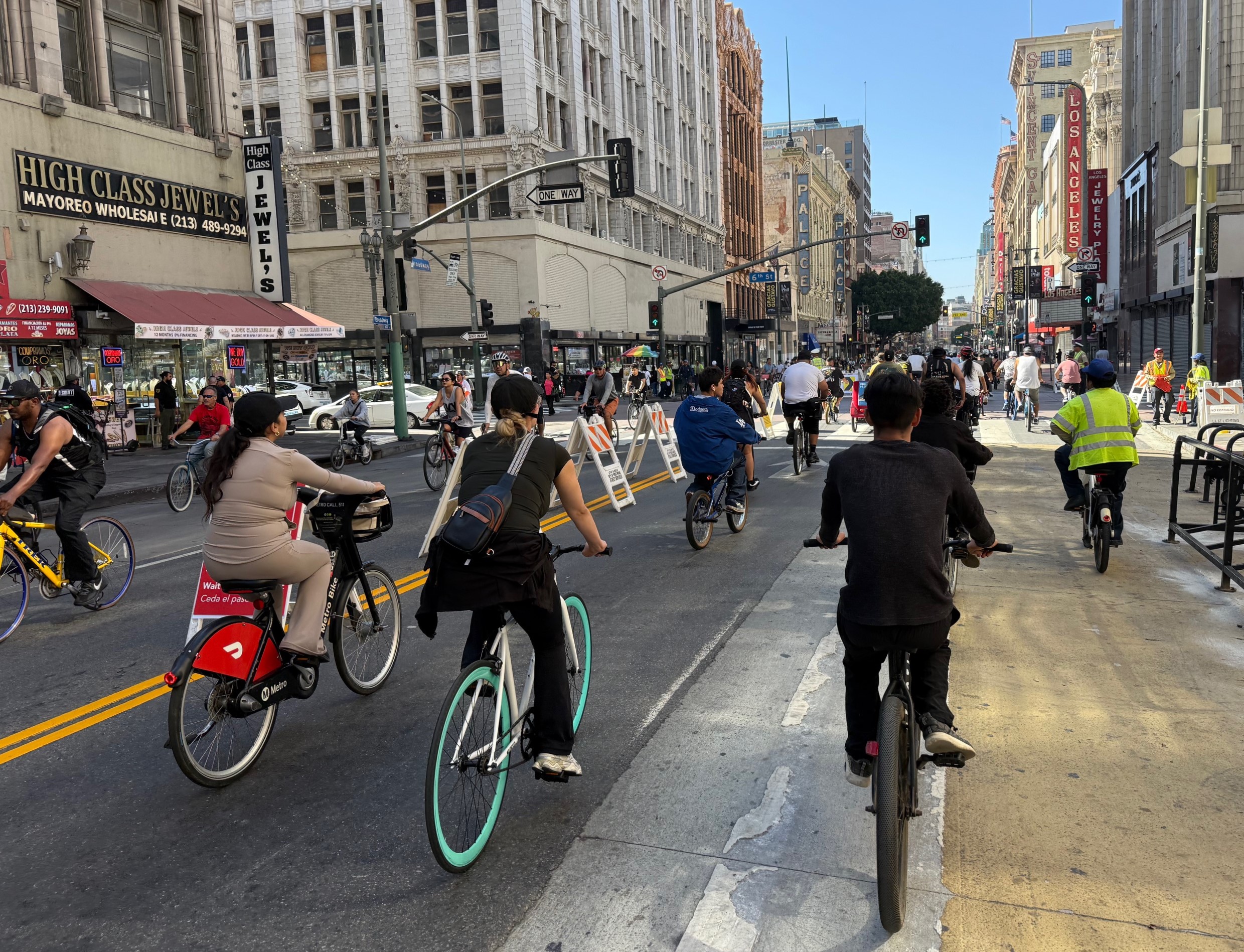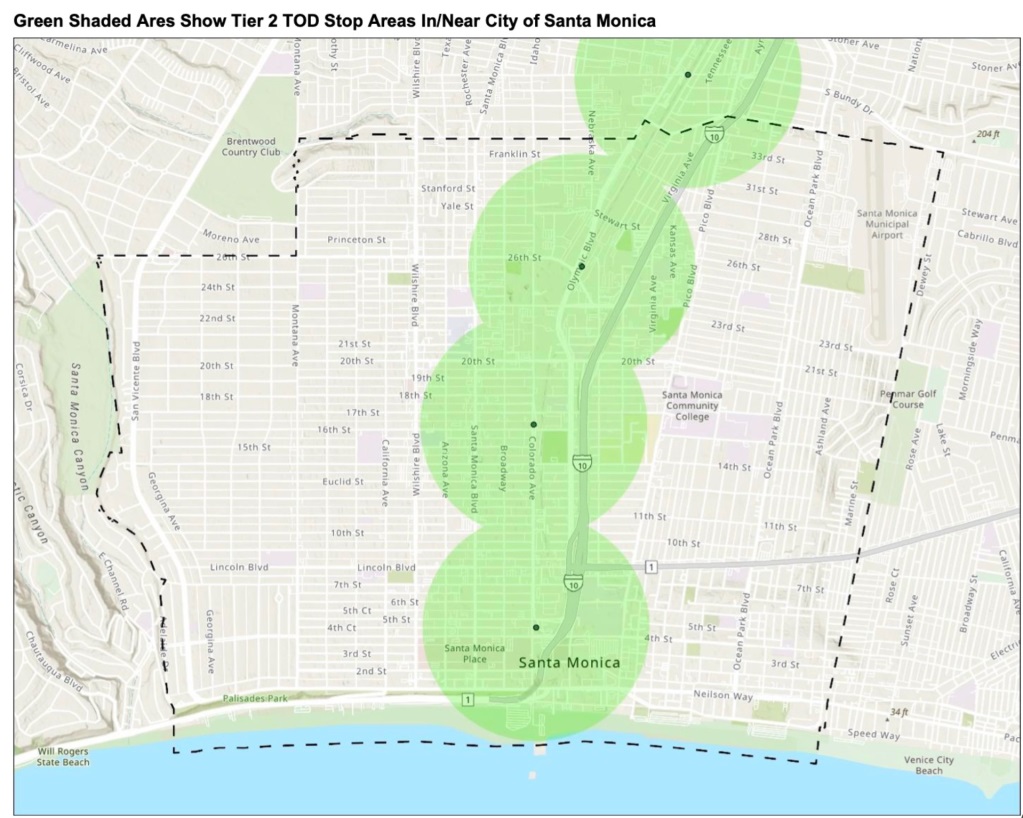Picking up on a thread from earlier this week on how street design can be used to prevent high-speed crashes in dense urban environments, today on the Network we hear from Streetsblog New York regular "Andy B from Jersey," via WalkBikeJersey Blog.
On a recent drive along the Jersey shore, Andy found Route 35 packed with people, and the street ill-suited to accommodate them.
 A 21-year-old pedestrian was killed
A 21-year-old pedestrian was killedat this Ocean City, NJ intersection in July. Locals say design changes
are needed to prevent future casualties. Photo: pressofAtanticCity.com
Talk of pedestrian and bicycle traffic! It was everywhere and
coming from every conceivable direction. This was particularly true in
the Lavallette and Ortley Beach areas. Despite the volumes of bike and
pedestrian traffic facilities for them were extremely minimal and often
in poor condition. Bike lanes are nonexistent and even sidewalks were
intermittent. Bicyclists came from every direction with only one of
over a hundred having any lights even though it was completely dark by
this time. Pedestrians were also hard to see, including ones making
every effort to use the marked crosswalks. Local authorities did try to
help pedestrians by placing construction barrels in the roadway to
accent crosswalks but at night this seemed (to me at least) to cause
more confusion.With repairs coming soon at some point it is time for NJDOT to step up and come up with a Context Sensitive Solution for this highway that suits the needs of all roadway users and increases safety for all.
Traffic
enforcement and equitable street design shouldn't be an either/or
proposition, but what is the proper balance? Can citizens prod law
enforcers and urban planners to work together to improve conditions for
all road users? If so, where do we begin?
Also today, Transit Miami finds that Quito, Ecuador, is getting it right when it comes to people-friendly streetscaping, while UrbanCincy ponders the merits of signal timing in keeping speeds down. And WashCycle
reports that Roanoke, Virginia, cyclists bulked up their bikes to
illustrate how much street space is required for the average driver.






